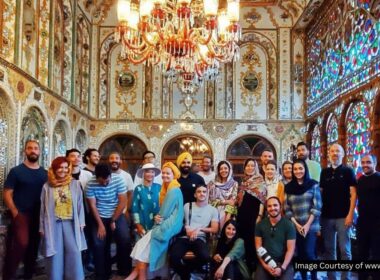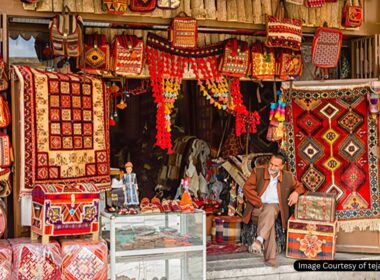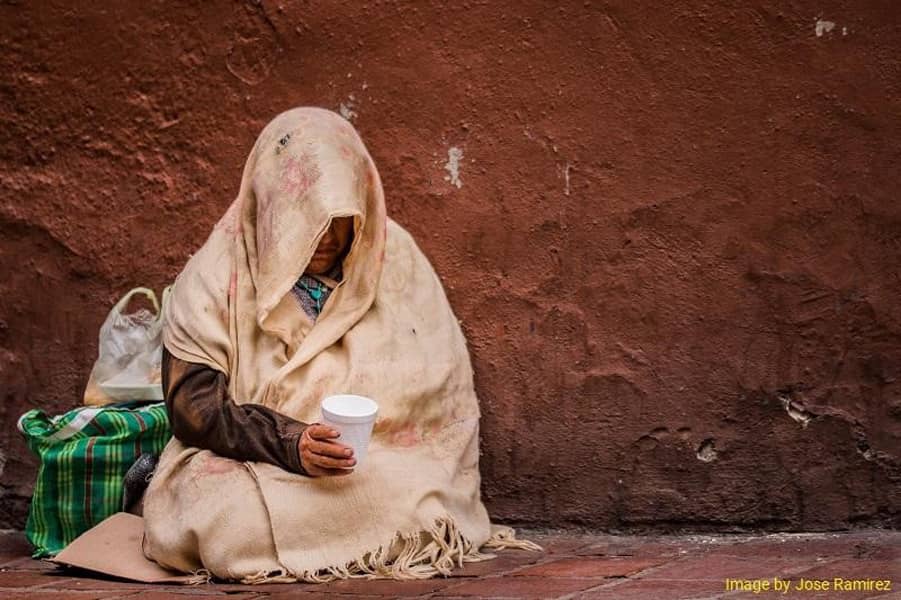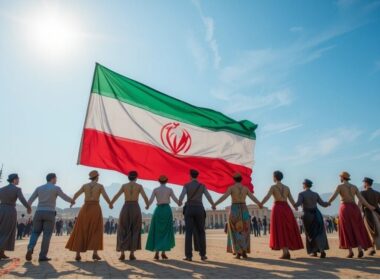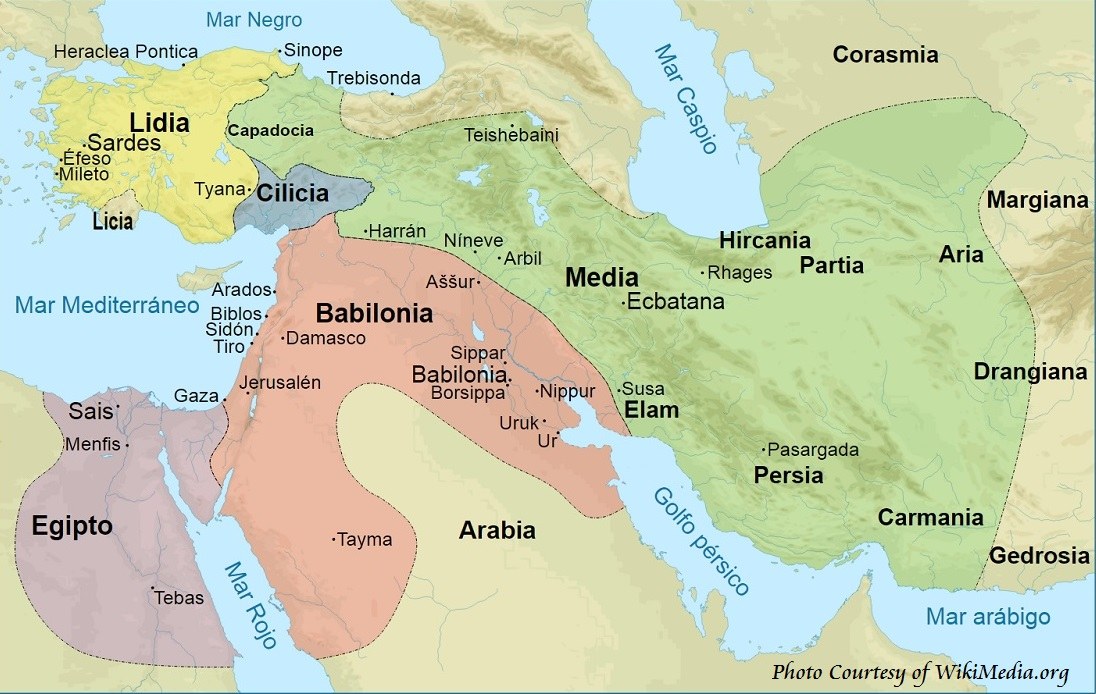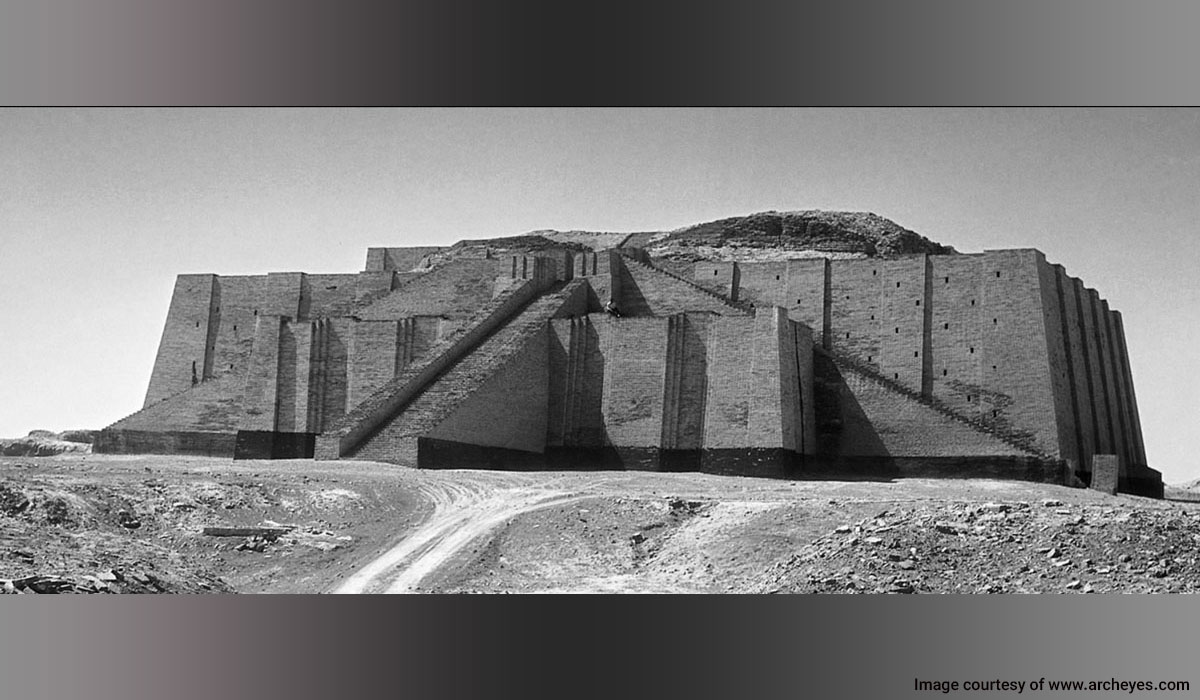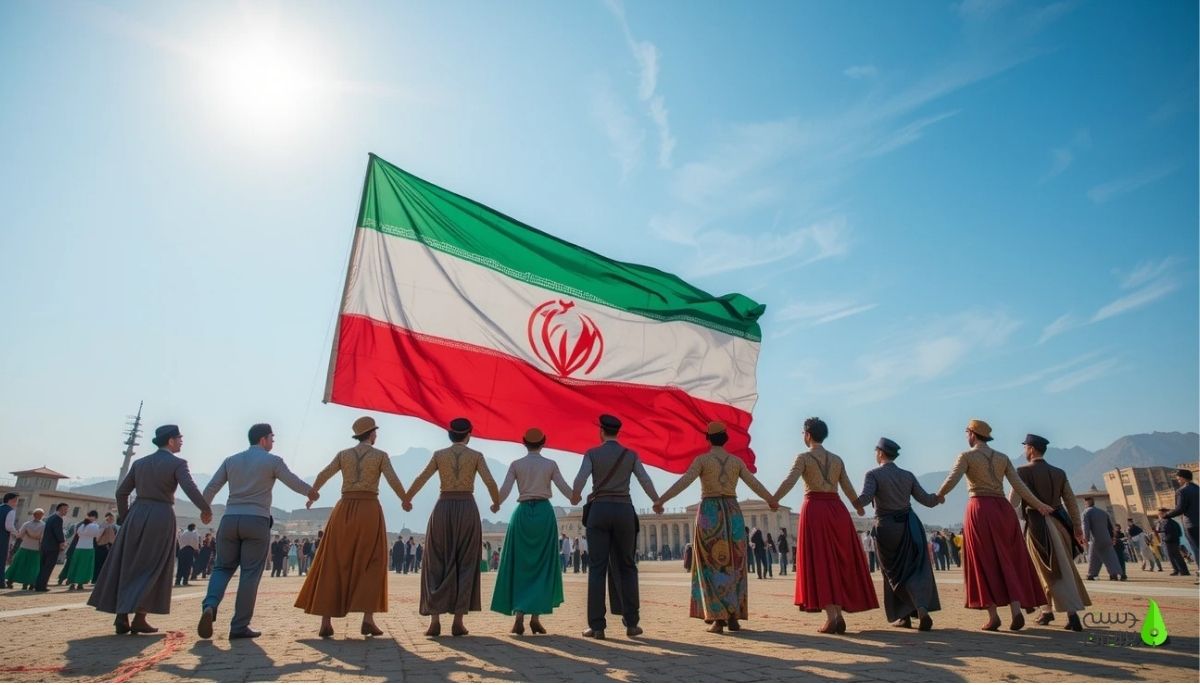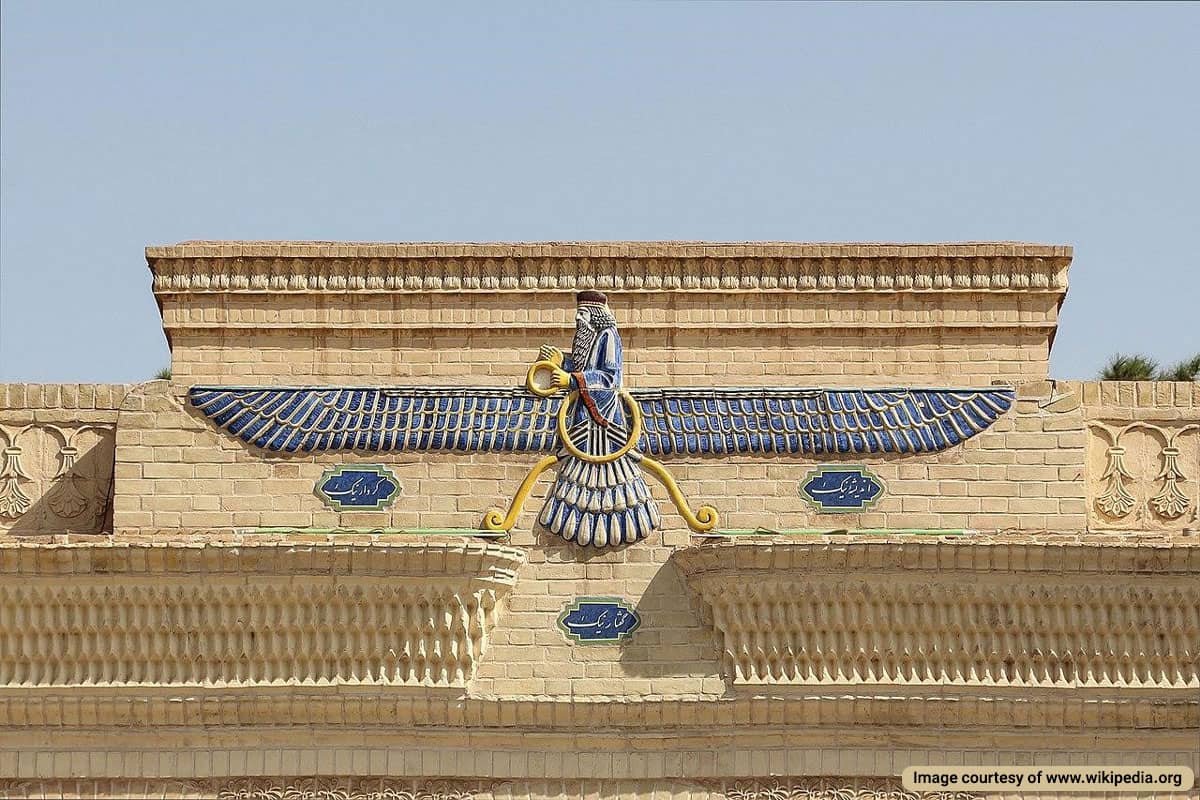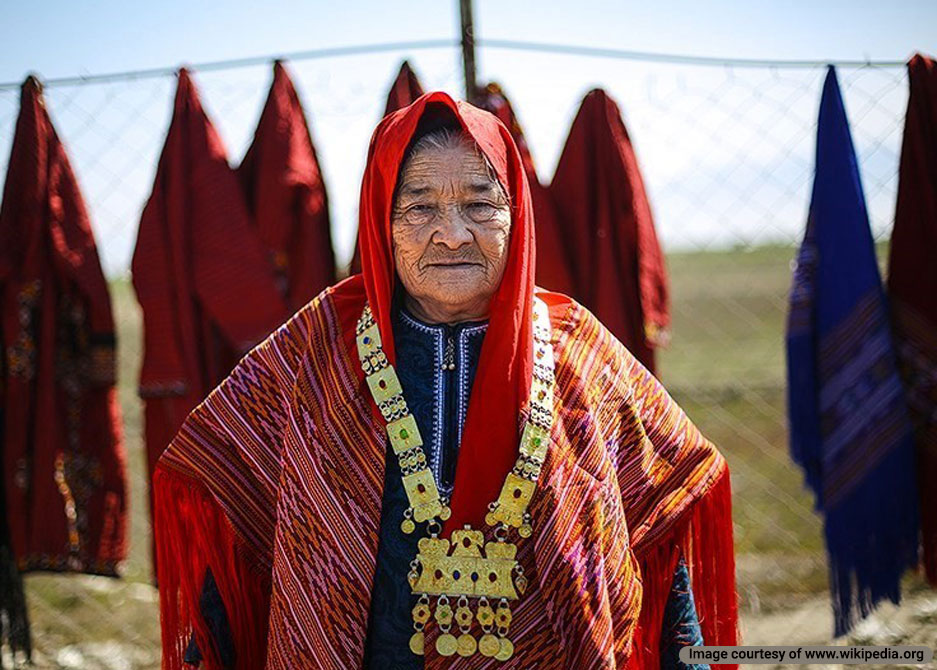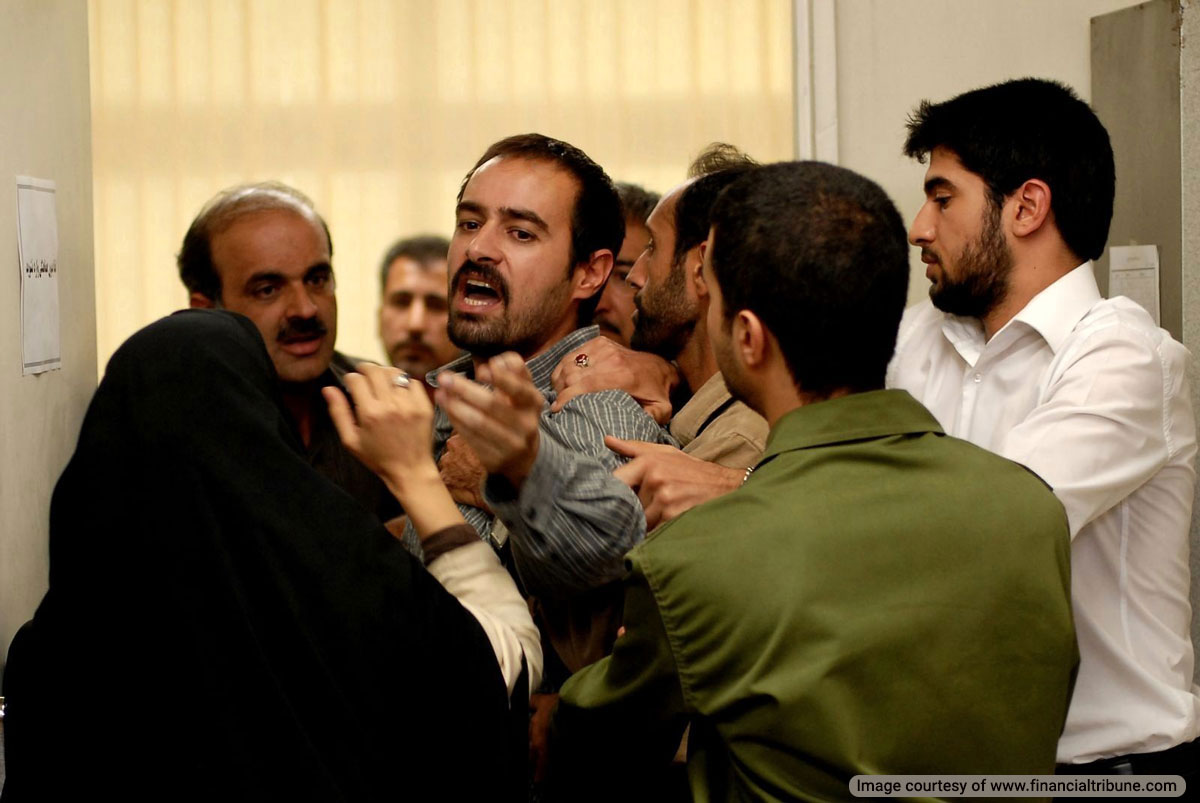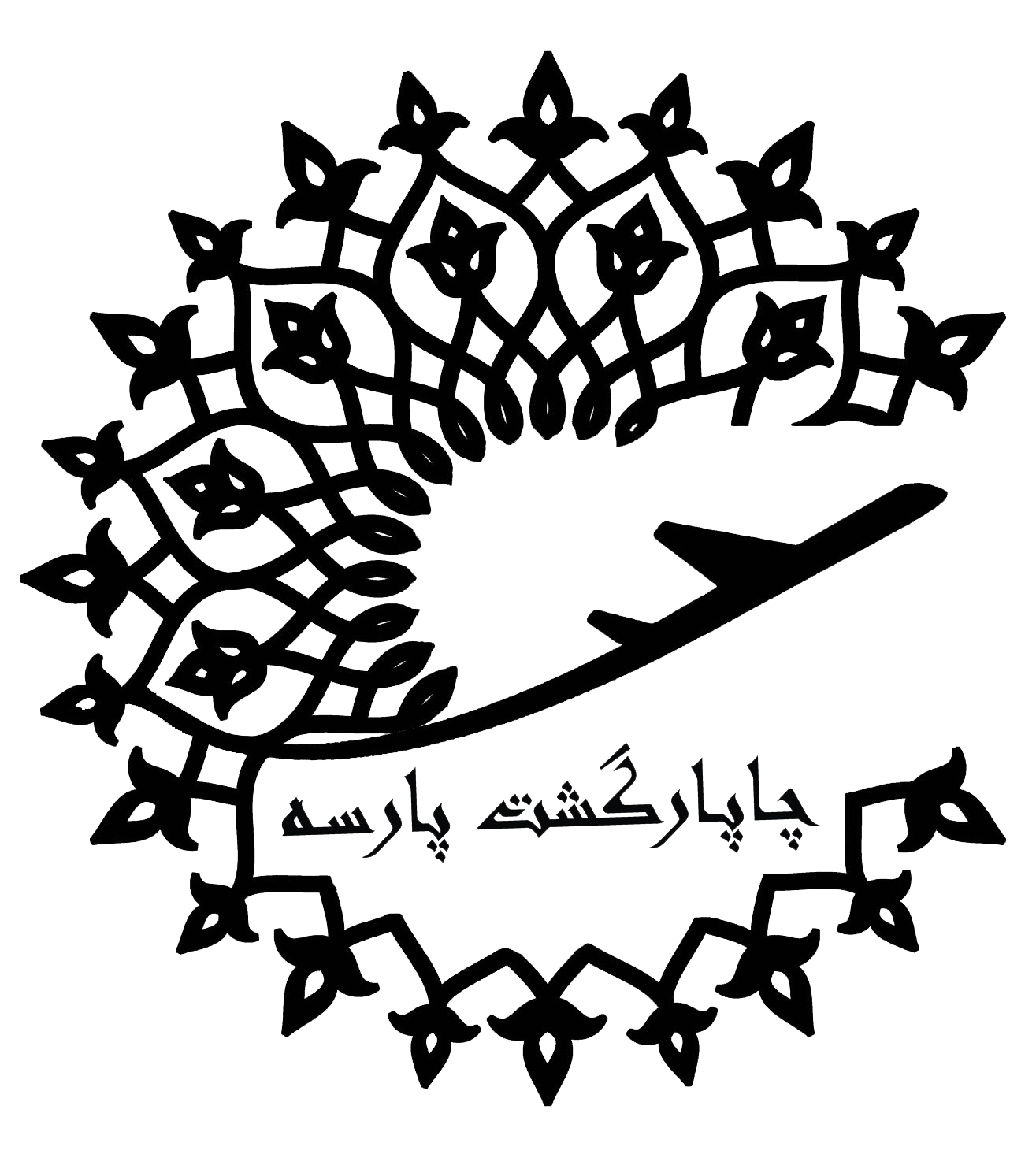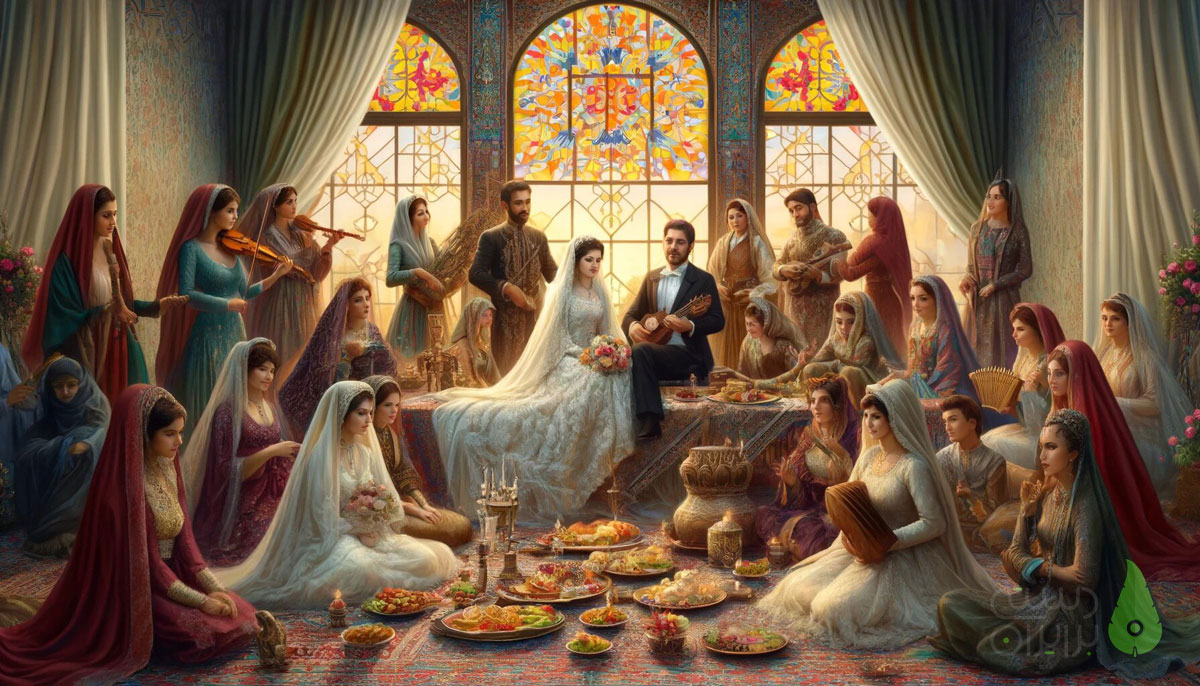
The Traditional Persian wedding dress is influenced by various cultural interactions. These dresses have evolved over centuries, blending elements from different eras while preserving the core values and aesthetics of Persian craftsmanship. Traditional wedding attire holds immense cultural significance, symbolizing purity, prosperity, and the merging of two families. It is an integral part of Iranian traditions for wedding ceremonies.
The History of Traditional Persian Wedding Dress
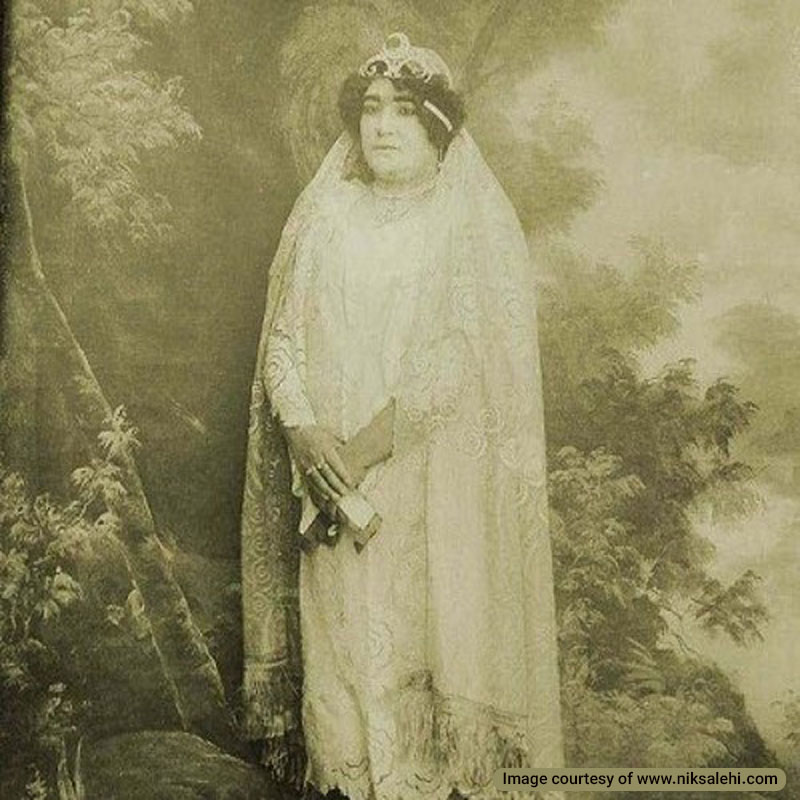
The origins of Persian wedding dresses date back to ancient times, influenced by various dynasties and cultural interactions. During the Achaemenid Empire (550-330 BC), Persian royalty and nobility wore elaborate and extravagant clothes made of silk, gold thread, and jewels. These garments symbolized wealth, power, and beauty, characteristics still cherished by brides today.
As Persian culture evolved through the Safavid (1501-1736) and Qajar (1789-1925) dynasties, traditional wedding dresses took on new forms. The Safavid era is famous for its focus on embroidery, delicate designs, and bright colors, which continue to inspire modern designs1. During the Qajar period, brides wore many layers of clothing, reflecting the opulence and complexity of the time.
Traditional Persian Wedding Dress Design
Persian wedding dresses are renowned for their luxurious fabrics and detailed craftsmanship. Common materials include:
- Silk: Known for its rich texture and elegant drape, silk is a popular choice for wedding dresses, adding a touch of luxury.
- Velvet: With its soft and sumptuous feel, velvet brings an element of sophistication and warmth to bridal attire.
- Satin: Valued for its glossy finish and smooth texture, satin provides a sleek and elegant look.
These fabrics are often adorned with intricate embroidery and patterns, featuring motifs such as:
- Flowers: Symbolizing beauty and fertility.
- Birds: Representing freedom and harmony.
- Geometric Designs: Reflecting cultural and historical influences.
Accessories play a crucial role in completing the bridal look. Traditional jewelry, headpieces, and veils add layers of beauty and significance to the ensemble. Accessories may include:
- Gold and Silver Jewelry: Featuring intricate designs and sometimes adorned with precious stones.
- Headpieces: Often embellished with jewels and pearls, adding a regal touch.
- Veils: Ranging from delicate lace to richly embroidered fabrics, symbolizing modesty and purity.
The combination of these elements creates a harmonious and exquisite appearance that celebrates both tradition and individuality.
Colors and Symbolism
The color palette of traditional Persian wedding dresses is both vibrant and meaningful. Common colors include:
- Red: Symbolizing love and happiness.
- Gold: Representing wealth and prosperity.
- White: Signifying purity and new beginnings.
Each color choice reflects cultural values and adds depth to the wedding attire’s symbolic significance.
Traditional Persian Wedding Dress Regional Variations
Traditional Persian wedding dresses vary significantly by region, each reflecting local customs and influences. Here are some notable examples:
Khorasani Wedding Dress
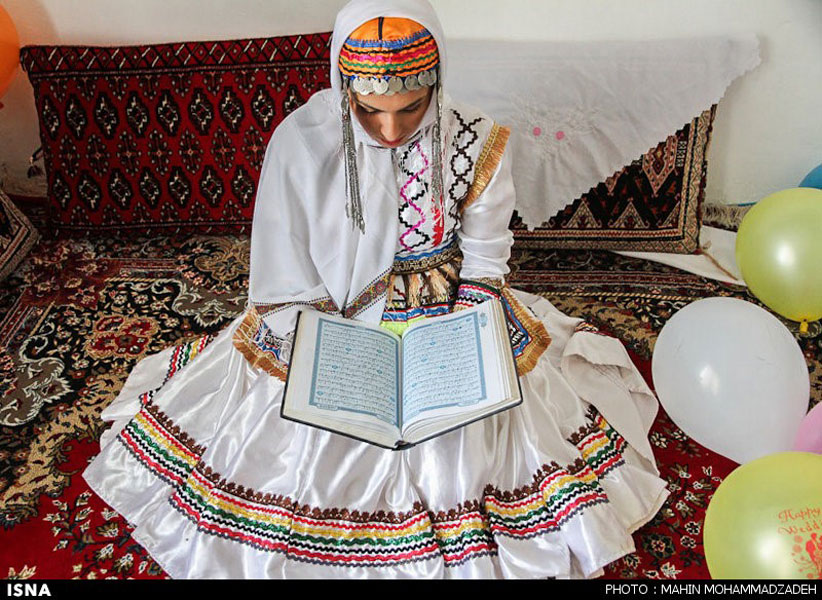
Brides from Khorasan, in northeastern Iran, wear dresses that often feature colorful embroidery. The designs are inspired by the region’s history and cultural diversity, incorporating geometric patterns and floral motifs. The attire typically includes a long, flowing dress paired with a matching headscarf or shawl, often decorated with intricate designs.
Lori Wedding Dress
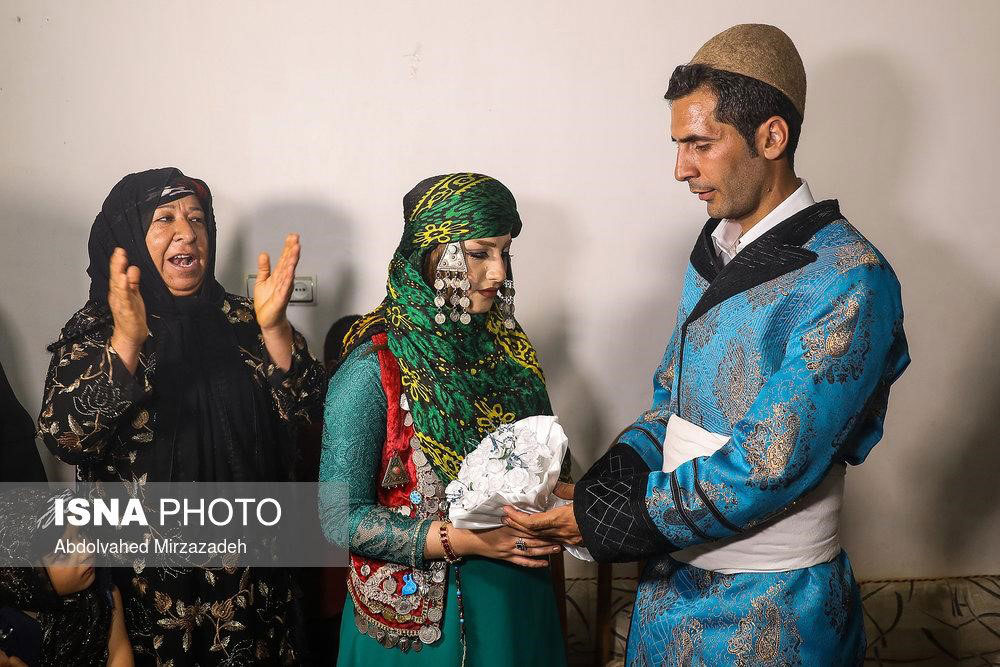
Lori brides from western Iran typically wear layered dresses with vibrant colors and intricate embroidery. The attire reflects the Lori people’s deep connection to nature and their pastoral lifestyle. The dresses are often made of heavy, durable fabrics suitable for mountainous regions, with detailed patterns and bright, contrasting colors.
Bakhtiari Wedding Dress
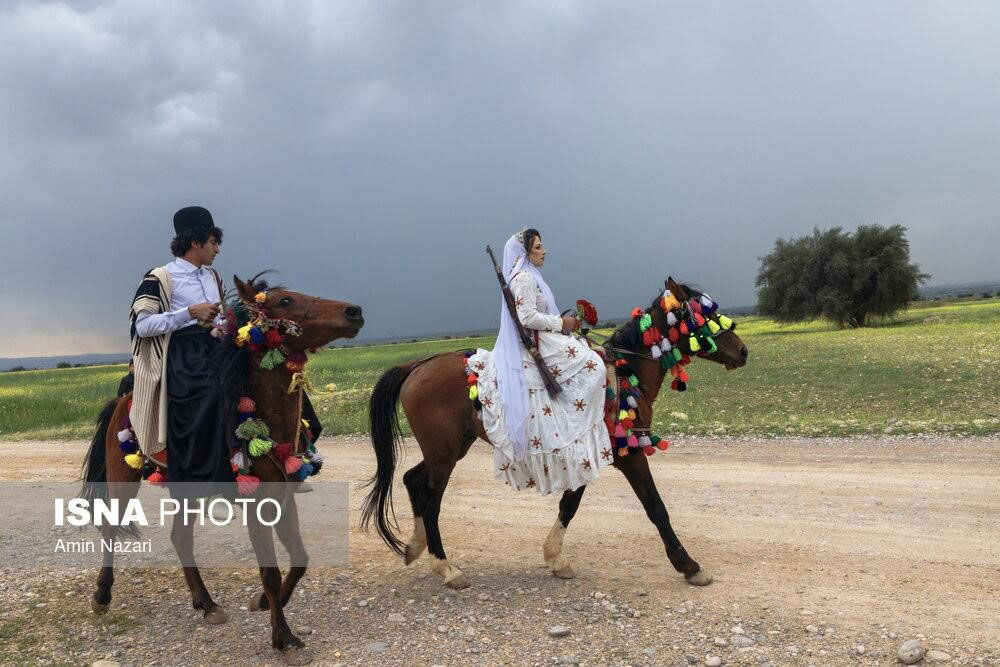
The Bakhtiari tribe, known for their nomadic lifestyle, have wedding dresses characterized by bold patterns and bright colors. These dresses are often made from durable fabrics to withstand the nomadic lifestyle, while still showcasing the tribe’s cultural heritage. The Bakhtiari bridal attire includes multi-layered skirts, vibrant blouses, and intricate headpieces adorned with tribal jewelry.
Gilaki Wedding Dress
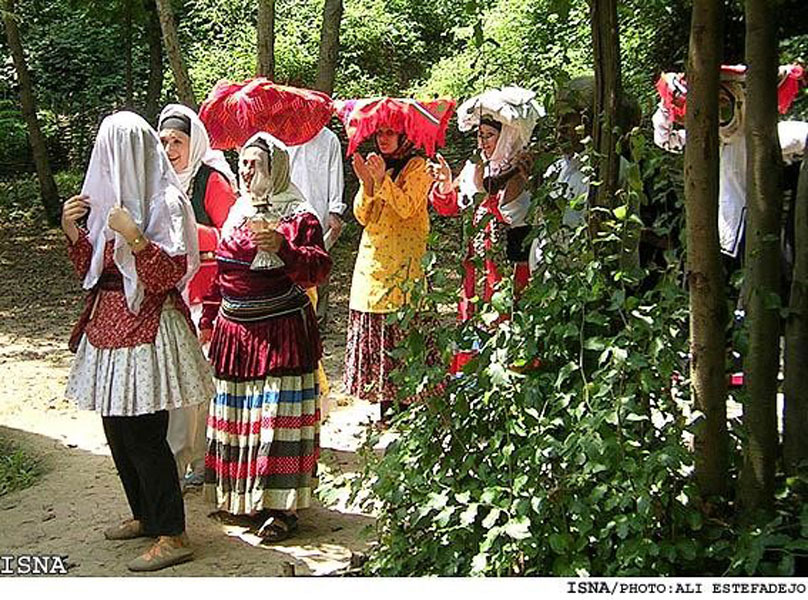
In the northern province of Gilan, brides wear dresses that feature floral patterns and delicate embroidery, often in shades of green and blue, reflecting the lush landscape of the region. The attire usually includes a long dress paired with a beautifully embroidered vest and a colorful headscarf, adding to the ensemble’s elegance.
Baluch Wedding Dress
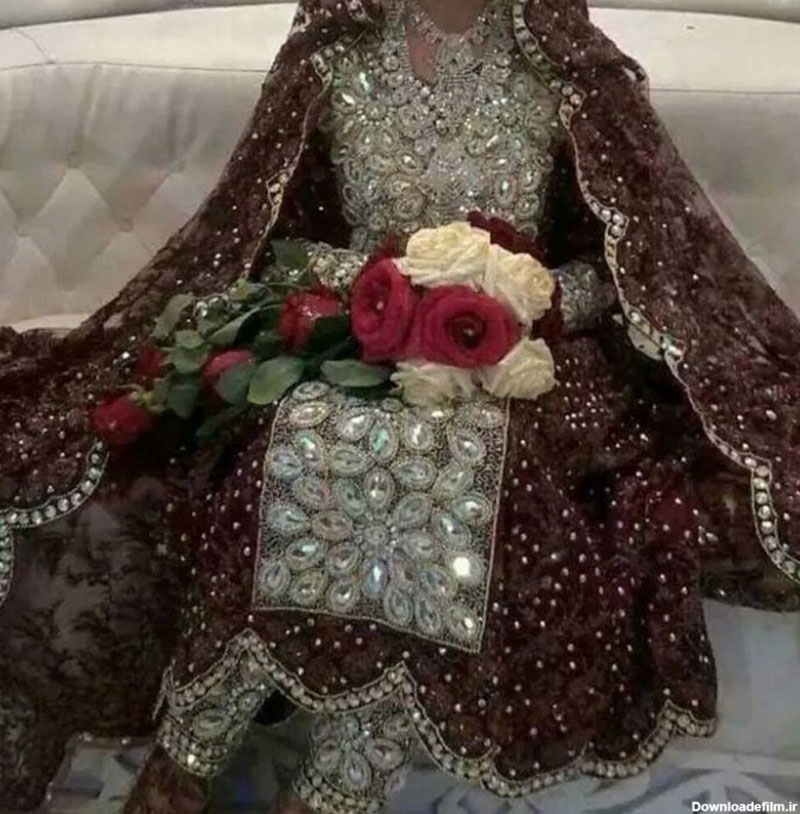
Baluch brides from southeastern Iran wear dresses with intricate needlework and mirror embroidery. The use of bright colors and reflective elements is designed to ward off evil spirits and attract good fortune. Baluch wedding dresses are typically long and flowing, adorned with heavy embroidery, colorful patterns, and numerous small mirrors sewn into the fabric.
Qashqai Wedding Dress
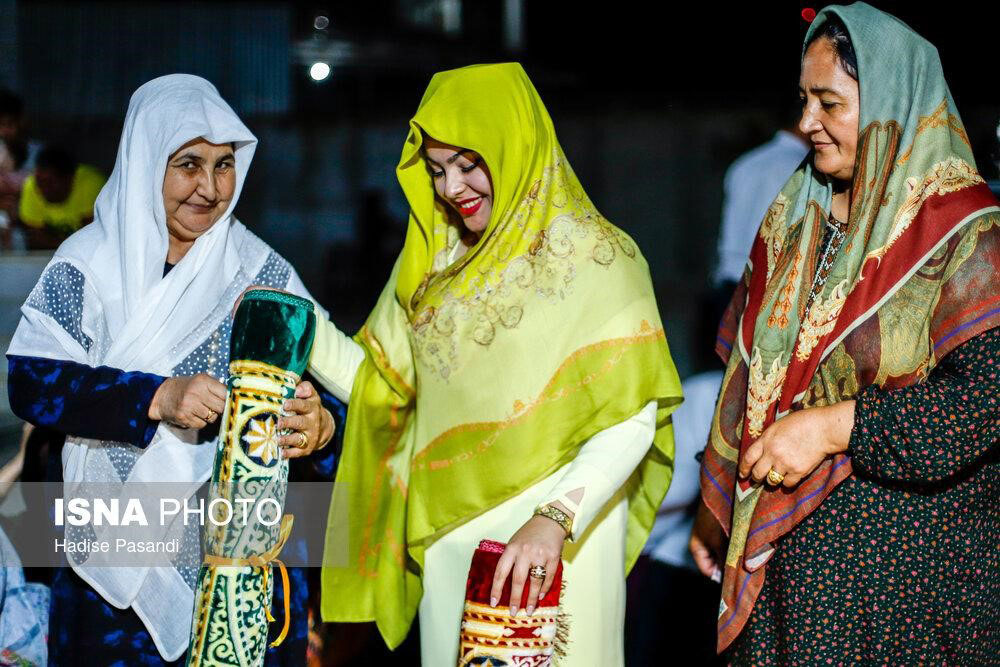
The Qashqai tribe, residing in the Fars province, is known for its colorful and unique wedding attire. Qashqai brides wear dresses adorned with intricate embroidery and bright colors, reflecting the tribe’s vibrant culture. The dresses are designed to protect against the harsh climate and are often made from durable fabrics. The bridal attire includes multi-layered skirts, richly embroidered blouses, and ornate headpieces.
Azeri Wedding Dress
Azeri brides from northwestern Iran wear dresses with rich embroidery and traditional patterns. The attire often includes a headscarf and a shawl, symbolizing modesty and cultural identity. Azeri wedding dresses are known for their elegance and the use of luxurious fabrics like velvet and silk, often adorned with gold and silver threads.
Turkmen Wedding Dress
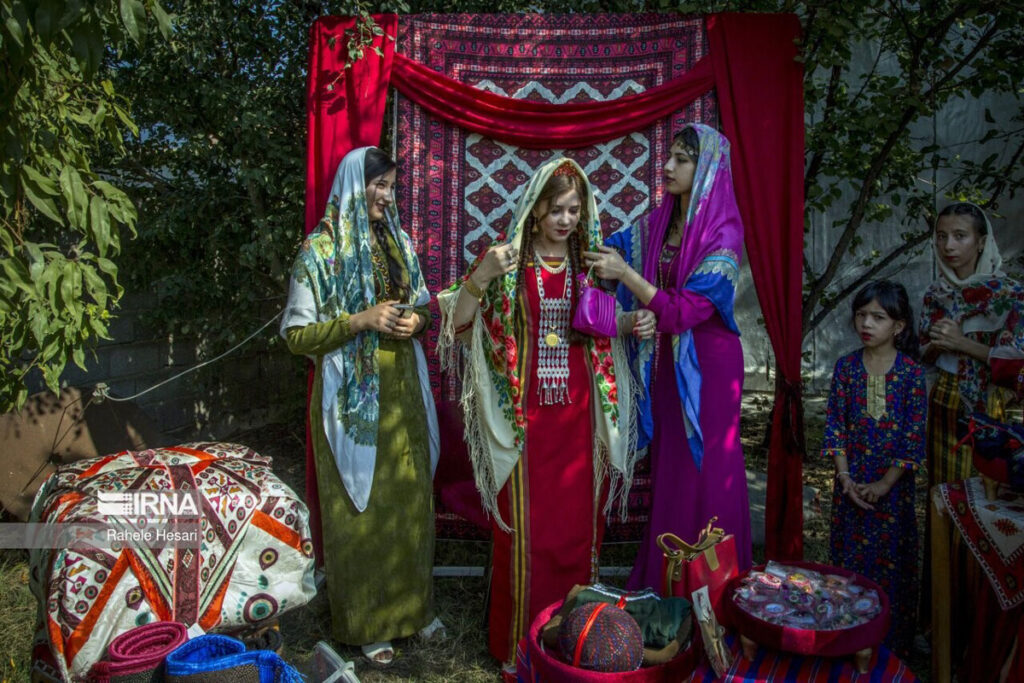
Turkmen brides wear red dresses made of homespun silk known as “Keteni”. The red color is believed to possess magical properties for protection and good fortune. The dress is adorned with embroidery and silver and gold-plated jewelry to ward off evil spirits and serve as amulets. The traditional Turkmen bridal attire also includes a heavily embroidered long coat and a headpiece decorated with coins and beads.
Southern Iranian Wedding Dress
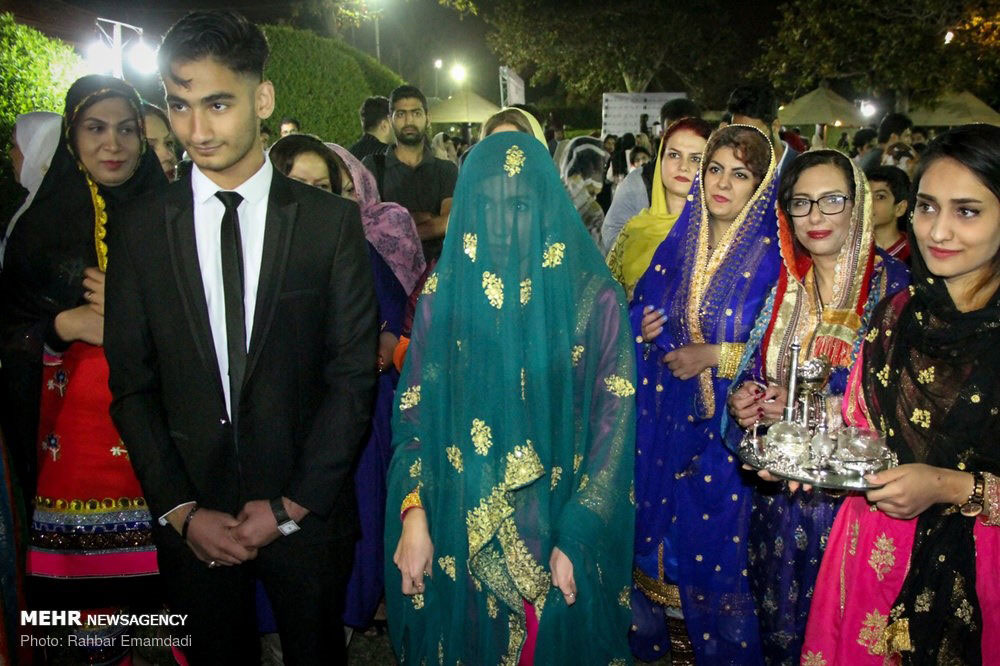
Brides from southern Iran typically wear light and airy fabrics suitable for the warm climate. These dresses often feature vibrant colors and intricate embroidery, reflecting the rich cultural heritage and diverse influences of the region. The attire includes a long dress, often paired with a colorful shawl or scarf and adorned with detailed patterns.
Kurdish Wedding Dress
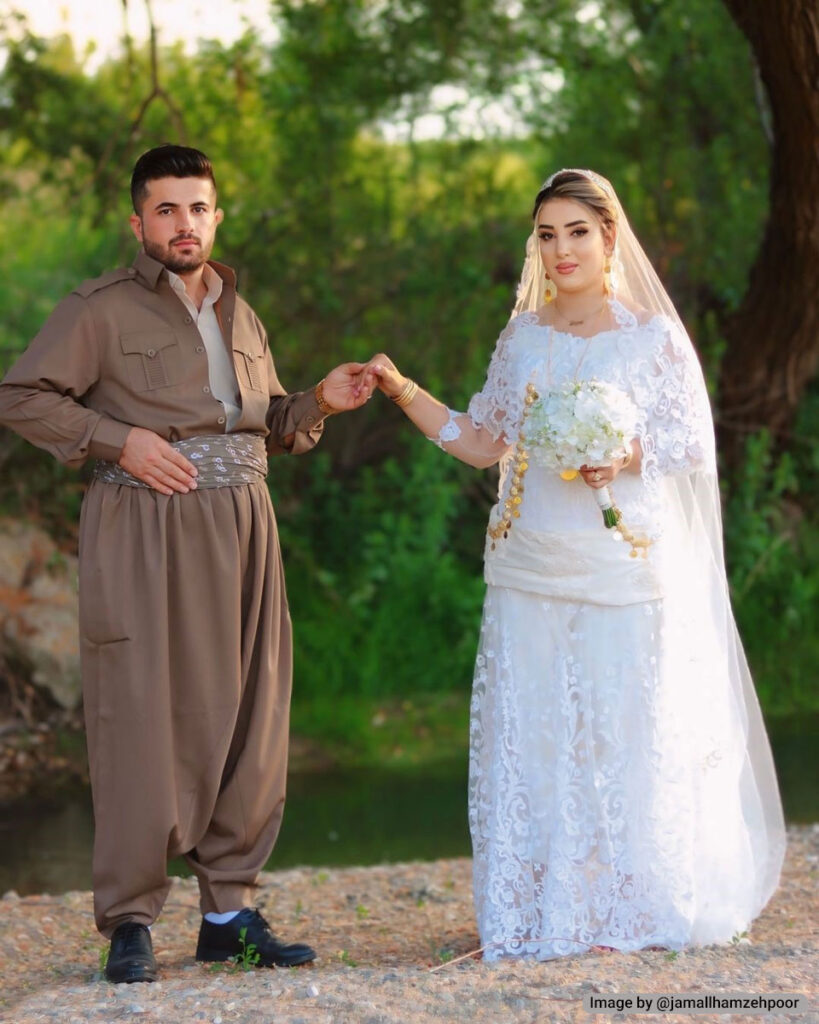
Kurdish brides wear brightly colored dresses adorned with intricate embroidery and sequins. The dress is usually paired with a wide belt and a headdress, symbolizing the bride’s cultural identity and regional pride. Kurdish wedding dresses are known for their elaborate designs and the use of vibrant fabrics, reflecting the festive spirit of Kurdish weddings.
Modern Interpretations of Traditional Persian Wedding Dress
Modern Persian brides often incorporate traditional elements into contemporary designs, creating a fusion of past and present. Designers blend traditional Persian aesthetics with modern fashion trends, resulting in unique and personalized bridal attire. This blend allows brides to honor their heritage while expressing their individuality.
Explore Iranian Wedding Traditions
The traditional Persian wedding dress is a testament to the timeless elegance and cultural significance of Persian heritage. Each dress tells a story of history, artistry, and the enduring values of love and unity. As Persian brides continue to embrace and preserve these traditions, they honor a rich cultural legacy that transcends generations.
Explore more about Persian wedding customs and fashion by delving into related articles on Destination Iran. Share your own experiences and stories about Persian weddings, celebrating the beauty and heritage of this timeless tradition.


